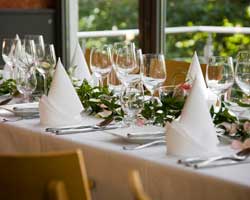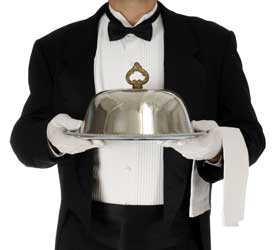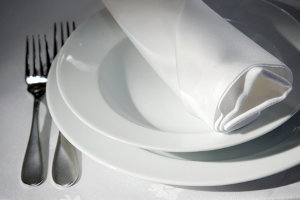
Catering Industry March 31,2020 Meryl Snow
This catering pro shares how the industry has triumphed in the past and shares tips on overcoming today's challenges.
At this point in time, we are experiencing history in the making. As COVID-19 (the illness caused by the coronavirus) impacts people across the globe, the economy is seeing the impact of mandated isolation and shutdowns. Businesses are shuttering for the foreseeable future and, collectively, we are navigating this public health crisis one day at a time.
It’s natural to feel scared, confused and overwhelmed by this situation. But, let’s not forget that there cannot be darkness without light. If you look closely, you’ll see humanity playing out on small and large levels. Together, we are stronger and communities are growing closer each and every day.
Currently, we are stretched in multiple directions--we need to hold onto our businesses, we need to support our employees, we need to look after our families and, of course, we need to take care of our own physical and mental well-being. In this time of confusion, let’s take a moment to remember that humans have been faced with extreme challenges in the past.
Consider the early days of 1980 when it felt like everything was in abundance. Events were luxurious and over the top, with clients’ budgets ready to accommodate the expense. Yet, in 1993, we faced a recession that had people tightening their purse strings. Guest counts dropped, events were cancelled, and the events industry suffered as a result.
Then, the tragedy of Sept. 11 sent shockwaves across the U.S. Our nation was under attack, leaving citizens paralyzed in fear and uncertainty. Businesses stood still in the aftermath.
Fast-forward to 2008 when the market crashed and the nation faced a financial crisis unlike any other. Events came to a halt. How could anyone celebrate something when they were forced to lay off employees? Small businesses took the hit of this economic recession.
In terms of public health emergencies, this isn’t the first pandemic we’ve faced. It’s certainly the most drastic in most of our lifetimes, but history can offer some important lessons on how to deal with this crisis.
Just over 10 years ago, the swine flu (H1N1) led to more than 274,000 hospitalizations and some 12,500 deaths in the U.S. In 1968, the flu pandemic killed an estimated 1 million worldwide with 100,000 deaths in the U.S. The most severe pandemic in modern history was the 1918 Spanish flu, when about one-third of the world’s population was infected and an estimated 675,000 people died in the U.S. alone.
All of this to say that while this COVID-19 situation is novel and unpredictable, it’s not exactly unprecedented. At this moment, we don’t know how this crisis will end, yet history shows us that we prevailed and came back from each crisis.
In fact, we emerge stronger than ever before. If nothing else, find solace in a historical perspective.
Once again, small businesses will face an uphill battle throughout this pandemic. We will have to make tough choices on behalf of our companies, our employees, our families and ourselves.
KEEP ON TALKING
Communication is key right now, so be open and honest with clients and colleagues about where you stand right now. Customers will empathize with brands during a crisis, as long as you are taking the efforts to be transparent.
Remember: You are not alone in this. Your feelings are natural. Everyone is facing this together, so let’s use this opportunity to remain transparent about our businesses and ask for help when we need it. This is not a time for pride or competition. This is a time for community and togetherness. I don’t have the answers to this situation, but know that I and everyone else are living through this right alongside you. Let’s prevail and come back from this one together.
With 30 years of experience owning event planning, high-end catering, and design and decor companies, Meryl Snow is on a mission to help businesses get on their own path to success. As a senior consultant and sales trainer for SnowStorm Solutions, Meryl travels throughout North America training clients in the areas of sales, marketing, design, and branding. As a valued member of the Wedding Industry Speakers, she speaks with groups from the heart with warmth and knowledge and covers the funny side of life and business.


 Dr. Aarti Gupta, PsyD is Founder and Clinical Director at
Dr. Aarti Gupta, PsyD is Founder and Clinical Director at 









